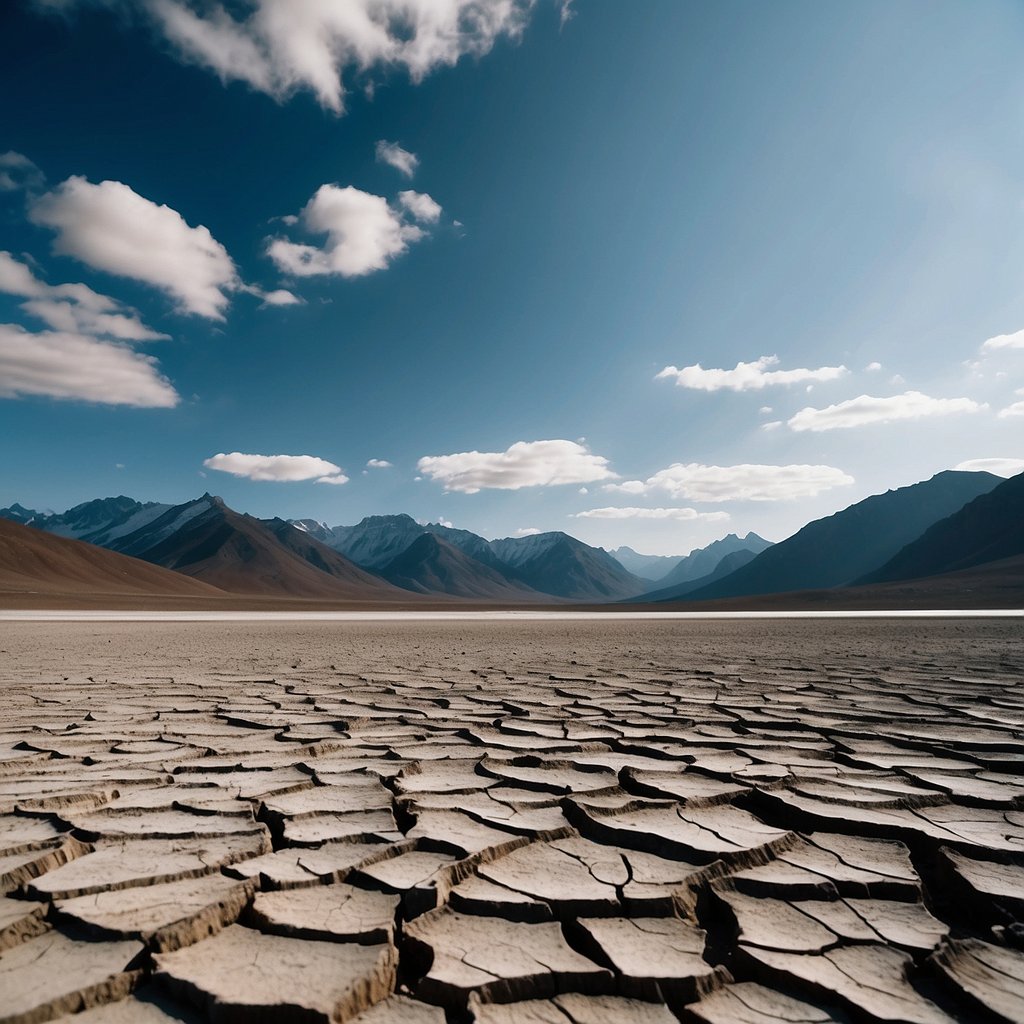Unedited article by the unreleased Rewrite Blog Post mode
Climate change encompasses long-lasting alterations in weather patterns and temperatures, which can stem from natural causes like solar activity fluctuations and large volcanic eruptions. However, since the 1800s, human activities have predominantly fueled climate change through the burning of fossil fuels such as coal, oil, and gas. The combustion of these materials generates greenhouse gas emissions, forming a metaphorical blanket around the Earth that captures the sun’s heat and elevates temperatures.

The principal greenhouse gases inciting climate change are carbon dioxide and methane. These emissions can arise from various activities like driving a car using gasoline or heating a building with coal. Additionally, deforestation and land clearing contribute to carbon dioxide emissions, while agriculture and oil and gas operations are significant sources of methane emissions. Notably, energy, industry, transport, buildings, agriculture, and land use are among the primary sectors generating greenhouse gases.
Key Takeaways
- Human activities, especially burning fossil fuels, are the main contributors to climate change.
- Greenhouse gases like carbon dioxide and methane come from diverse sources, including energy, industry, and agriculture.
- Addressing climate change necessitates a focus on reducing emissions from these major sectors.
Humans are responsible for global warming
Climate scientists have demonstrated that humans are responsible for almost all global heating over the past 200 years. Activities such as industrial processes and deforestation lead to the production of greenhouse gases, accelerating global warming at a rate unequalled in at least the last two millennia.
With the Earth’s average surface temperature now approximately 1.1°C warmer than in the late 1800s, the planet is warmer than at any point within the last 100,000 years. Furthermore, the warmest decade on record is the period from 2011-2020, with each of the last four decades registering higher temperatures than any other decade since 1850.
Although many associate climate change primarily with temperature increases, this is only one aspect of a complex chain of effects. As the Earth functions as an interconnected system, shifts in one area can propagate changes elsewhere. Presently, the impact of climate change encompasses droughts, water scarcity, wildfires, rising sea levels, flooding, polar ice melting, catastrophic storms, and biodiversity loss.

People are experiencing climate change in diverse ways
Climate change impacts health, food production, housing, safety, and employment opportunities, and it affects people in various regions differently. Those more vulnerable include residents of small island nations and developing countries, who face challenges like sea-level rise, saltwater intrusion, and prolonged droughts. Consequently, communities have had to relocate and face the threat of famine. As these circumstances continue, the number of “climate refugees” is expected to rise.
Every increase in global warming matters
In a series of UN reports, a consensus among thousands of scientists and government reviewers establishes that limiting global temperature rise to 1.5°C is crucial for avoiding the worst climate impacts and maintaining a livable climate. However, current policies suggest a 2.8°C temperature increase by the end of the century.
Emissions contributing to climate change originate from every corner of the world and impact everyone. However, some countries emit significantly more, with the seven largest emitters (China, the United States, India, the European Union, Indonesia, Russia, and Brazil) accounting for approximately 50% of global greenhouse gas emissions in 2020.
Climate action is everyone’s responsibility, yet those who contribute more to the problem bear a greater obligation to act promptly.

We face a huge challenge but already know many solutions
Climate change solutions can provide economic advantages, enhance lives, and safeguard the environment. The Sustainable Development Goals, the UN Framework Convention on Climate Change, and the Paris Agreement serve as frameworks for progress. There are three primary actions: reducing emissions, adapting to climate impacts, and financing adjustments.
Transitioning from fossil fuels to renewables such as solar or wind lessens emissions causing climate change. Urgent action is essential, and increasing nations are committing to net zero emissions by 2050. Nonetheless, emissions need to be halved by 2030 for temperature increases to stay below 1.5°C. This entails substantial declines in coal, oil, and gas consumption, with over two-thirds of proven fossil fuel reserves remaining untapped by 2050 to avert disastrous climate change.

Adapting to climate repercussions safeguards individuals, residences, businesses, livelihoods, infrastructure, and ecosystems. This addresses current impacts and anticipated future ones. Adaptation is vital for all, but priority should be given to vulnerable populations with limited resources to manage climate hazards. Returns on investment can be significant; for instance, early warning systems for disasters save lives and property, yielding benefits up to 10 times the initial expense.
We Can Pay the Bill Now, or Pay Dearly in the Future
Climate action necessitates substantial financial investments from governments and businesses. However, the cost of inaction is enormously higher. A vital step is for industrialized nations to meet their pledge of providing $100 billion annually to developing countries, enabling them to adapt and transition to greener economies.

For clarity on technical terms related to climate change, refer to the Climate Dictionary.